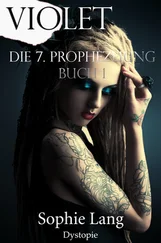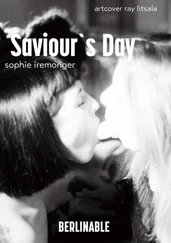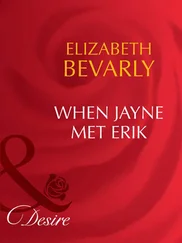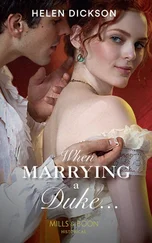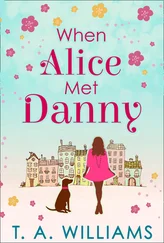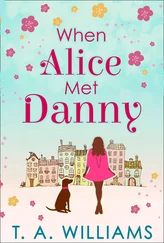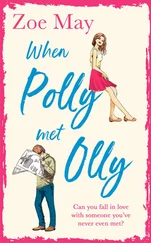Decision made, we started the lengthy process of applying to be a charity, which initially involved filling out an extraordinary number of forms. We were warned that the granting of charitable status could take a while – always assuming our application was approved – but it felt like a step in the right direction.
We had decided some months before this to stop breeding horses. We had only bred a dozen or so before we realised there were too many being bred that didn’t ever reach the race course, either because they weren’t fast enough or for some other reason. There was no organisation in place to care for these unwanted horses and, at that time, no one was encouraging ordinary horse owners to take on a Thoroughbred. By breeding horses, we were contributing to the problem and as soon as we became aware of this, we stopped.
In the meantime, we had four mares that were all due to foal around the same time, and umpteen ewes that were due to lamb, which meant a couple of months at least when Michael and I would have to survive on very little sleep. Fortunately we have entirely different sleep patterns. I rise early and go to bed early, while he’s the opposite, so we agreed that he would sit up with them until 2am then I’d take over from 2 until morning.
Sometimes foaling was reasonably straightforward, but when it came to Chic we were in for a marathon. She was in labour for hours, the foal wasn’t in the correct position and we had to call the vet to come and turn it. Out it came, tiny and weak, but Chic was still in labour and we realised she had a twin in there, which was eventually born dead, about the size of a cat. The first foal was very weak and didn’t have a sucking reflex so we had to tube-feed him. He was shivering with cold, so I got one of my jumpers and threaded his tiny front legs through the sleeves, then I wrapped tinfoil round his back legs to try to retain the heat. He was a poor little creature. Chic licked him gently, every ounce the loving mother.
For three days we nursed that foal day and night, and on the third day we were heartened when he managed to get to his feet and stagger a few steps on what were impossibly long legs for such a tiny chap. Chic stayed very close, watching what we were doing and letting us milk her, but she didn’t try to intervene. She knew we were doing our best. Then on the fourth day, the foal’s breathing became laboured. I sat down beside him, put his head on my lap and whispered to him gently as he passed away in my arms. There was a huge lump in my throat. He’d struggled valiantly but was just too weak to live.
I felt so sorry for Chic. She’d been good and patient, and we’d all tried our hardest, but it wasn’t to be. She kept nudging the foal’s body, trying to get it to move, so we left her with it for a few hours so she could understand he had gone.
It would have been a crying shame if no good had come out of the experience so we asked around and found out about a local foal that had lost its mother, and we took Chic over to see if she would adopt it. We used that classic country trick of skinning Chic’s dead foal and placing the skin over the live one so that Chic would believe it was her own. Chic took to the new foal with alacrity, proving to be a most diligent mother, but Michael and I were pretty sure she wasn’t fooled. She knew her foal was dead and that this was a new one, but she made the decision to adopt it anyway.
No sooner was this drama over than the sheep started lambing and we had to sit up all night long to make sure the lambs emerged safely and weren’t then attacked by rats. It brought back many memories for me of watching my father presiding over lambing at the farm where I grew up. Once when I was just three years old, I watched him pulling out a lamb that wasn’t moving and he smacked it hard several times until it began to bleat. It obviously made an impression on me because at dinner that night, I told my mum: ‘That was a naughty lamb that crawled into its mummy’s bottom and Daddy did smack it hard.’
As soon as the lambs were big enough, we sold them, along with the rest of the flock (bar two), and, unlike the horses, I was glad to see the back of them. Sheep are a law unto themselves, with very few brain cells to rub together. Give me horses every time!
All the time we were firming up and clarifying the plans for our charity. There were already organisations out there dealing with poorly treated welfare horses. We wanted to focus on horses that were retired from racing while fit in body and mind, horses that we could retrain and pass on to good homes. The charity would retain ownership of each horse so we could check up on them and bring them back if the new owners were no longer able to keep them. We chose some trustees – Father Jeremy, the vicar at St Michael’s church just four miles away from Greatwood, and Alison Cocks, the woman whose orphan foal had been adopted by Chic. She had a profound knowledge of racing and horses, and we sang from the same hymn sheet when it came to horse welfare.
Next, we had a visit from two charity commissioners – men in suits who delicately picked their way over our cobblestones trying not to get anything nasty on their highly polished leather shoes. They interviewed Michael and me at length, being particularly concerned to establish that we were in it for the long haul. We knew this was serious. The charity would have to be run properly, with full annual accounts, and we would be guardians to all of the horses that passed through our care. When the commissioners finally left, they gave us no clue either way as to whether our application would be successful.
It was several months later, in August 1998, that we finally received a letter saying that we were now a registered charity, and giving us our charity number. It was just over three years since our move to Greatwood and it seemed somehow fitting that we should name the charity after this farm, where our work with ex-racehorses really started, and where we had already achieved some notable successes.
Vivien came to help us design all the forms we would need, such as the gifting forms that would have to be filled in by anyone who sent us a horse. This was designed to avoid a scam whereby someone could bring us a horse in very poor condition, let us pay all the vet’s bills and nurse it back to health, then return to claim it back again. With our contracts, we took on a duty of care for life, and even after we rehomed a horse we had the right to check up on it at any time to inspect its living conditions and general health. If a home check didn’t come up to scratch, we’d take the horse back again. It was our responsibility.
We wanted a Greatwood logo and were delighted when a funding trust gave us a grant that allowed us to employ a marketing company to design one for us. They came up with all sorts of ideas before a chance photograph taken by a local reporter provided the inspiration. A girl called Jodie had come to us for work experience and the photo caught her in silhouette as she looked up at a Thoroughbred. The image seemed perfect and worked well for the farm sign, letterheads and business cards. Little did we suspect at the time how relevant the juxta-position of a horse and a young person would turn out to be.
Soon horses started arriving thick and fast. Sometimes the RSPCA or another official charity asked us to step in, but on other occasions individuals just arrived on our doorstep with a horse in their trailer. Once we were brought nine horses in one delivery, all of them collected from an owner who hadn’t been taking proper care of them. We had to divide up our barns with partitions to keep the mares separate from the geldings, and our workload increased all the time.
It was a life I loved, but some family members found it difficult to comprehend. My father had only recently retired from a career as a very successful farmer and he thought we were mad. ‘You’ll never get rich like that,’ was his attitude. ‘So why give yourself all that work?’
Читать дальше
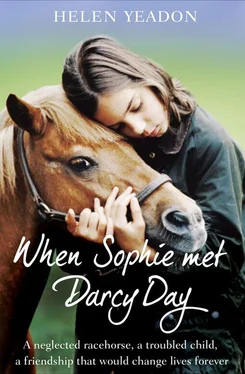
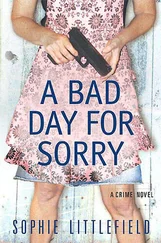
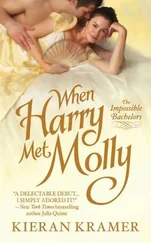
![Джулиан Ассанж - Google не то, чем кажется [отрывок из книги «When Google Met WikiLeaks»]](/books/405461/dzhulian-assanzh-google-ne-to-chem-kazhetsya-otryvok-thumb.webp)
